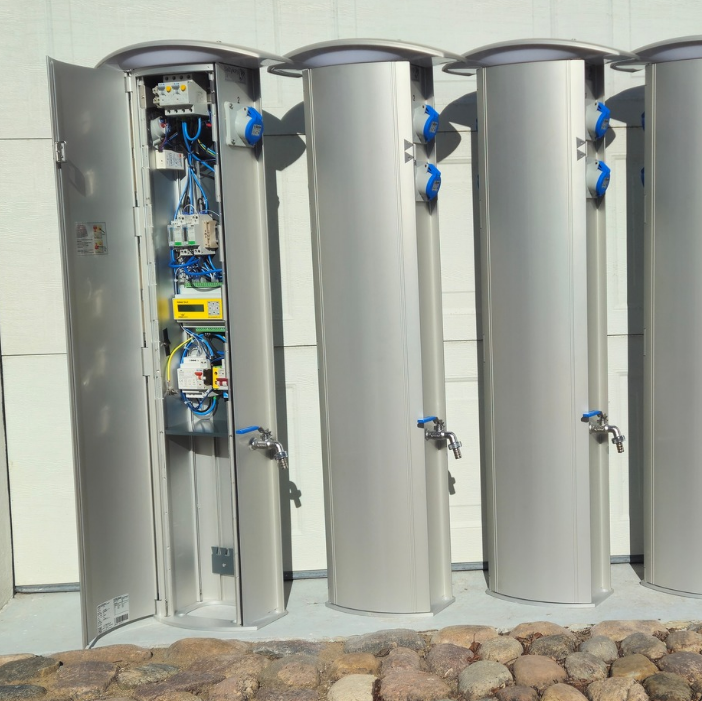
Before Implementation
Challenge
A Digital Upgrade for Existing Infrastructure
Solution
After Implementation
Results
Client Feedback
Products
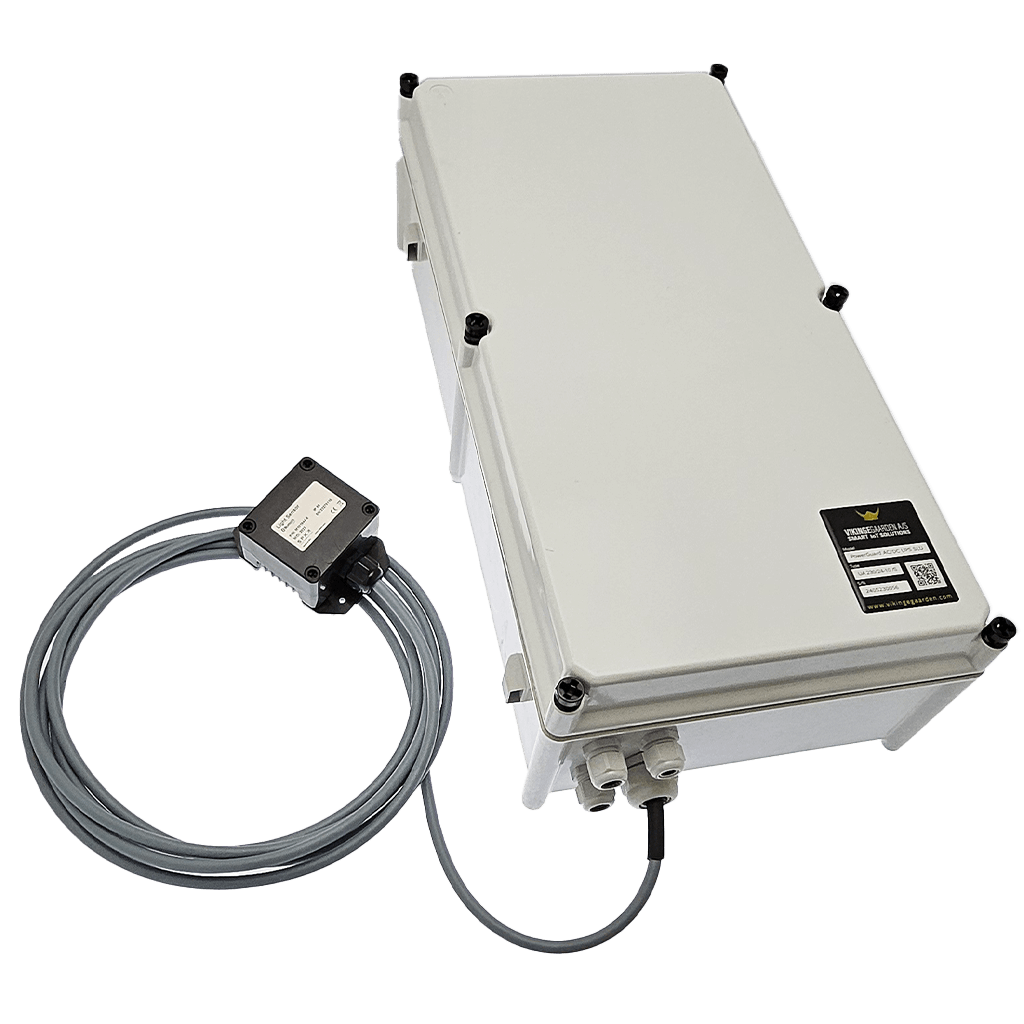
PowerGuard
Self-sustaining power supply solution with solar panel integration, grid-free operation, and backup power for remote locations.
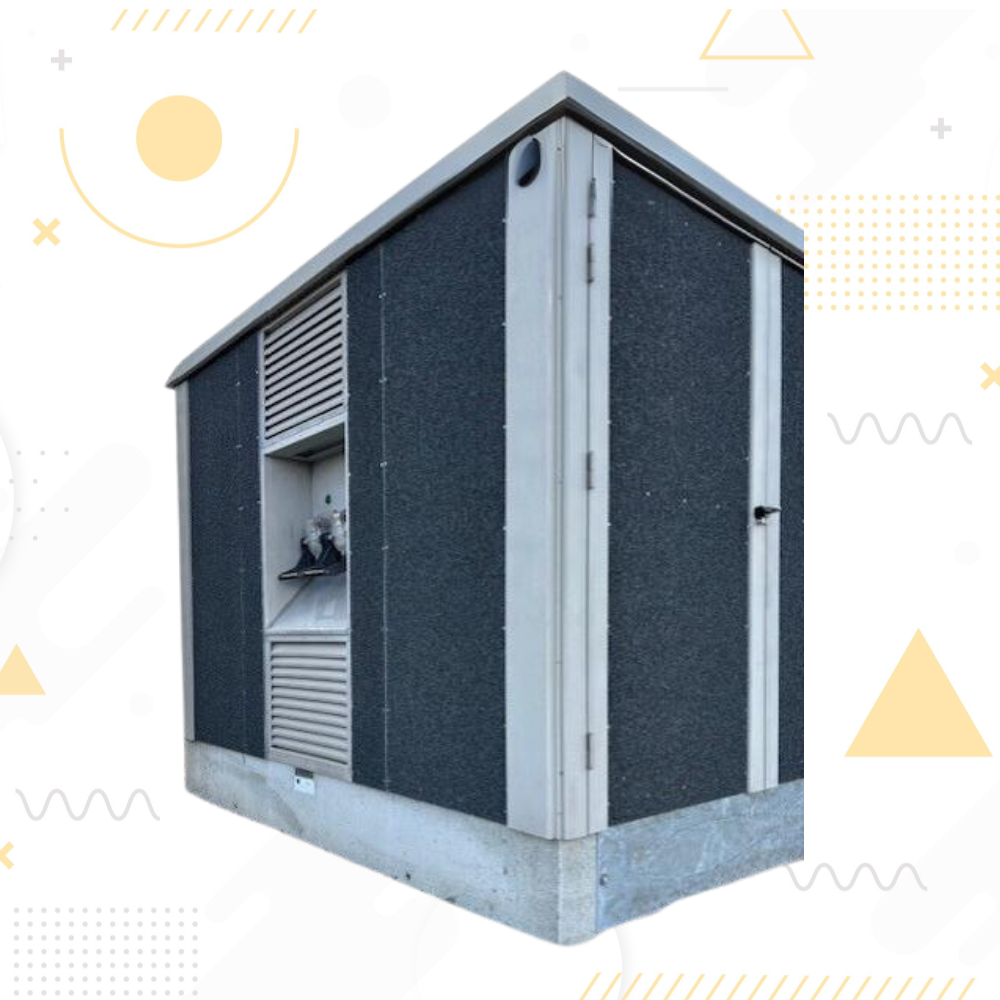
MarineMax
Automated power supply with real-time Cloud monitoring and user-friendly operation.
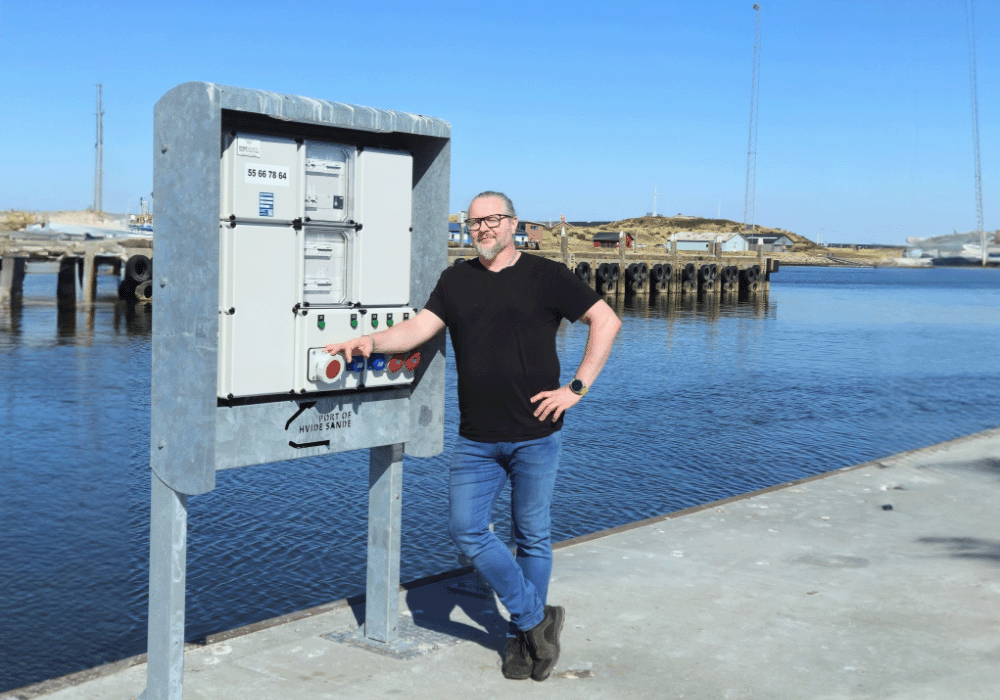
Marineium
Optimize maritime operations with our advanced port Marineium service pedestals, ensuring safety and efficiency in port management.
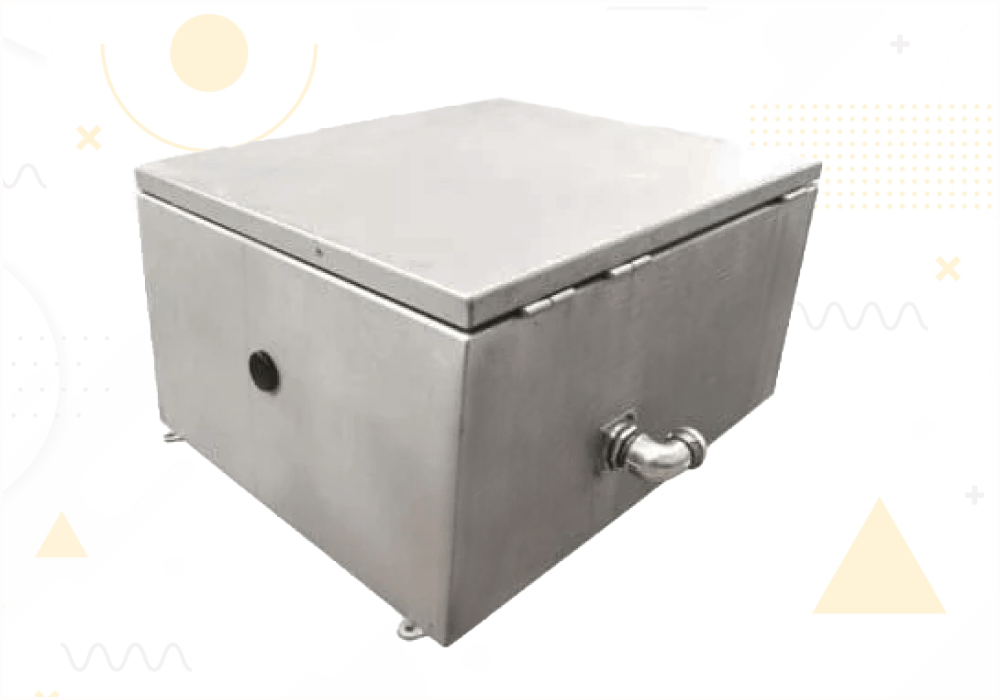
WaterStation
Self-service system enabling 24/7 water access with an automatic consumption tracker and Cloud-based data access for customers or personal use.
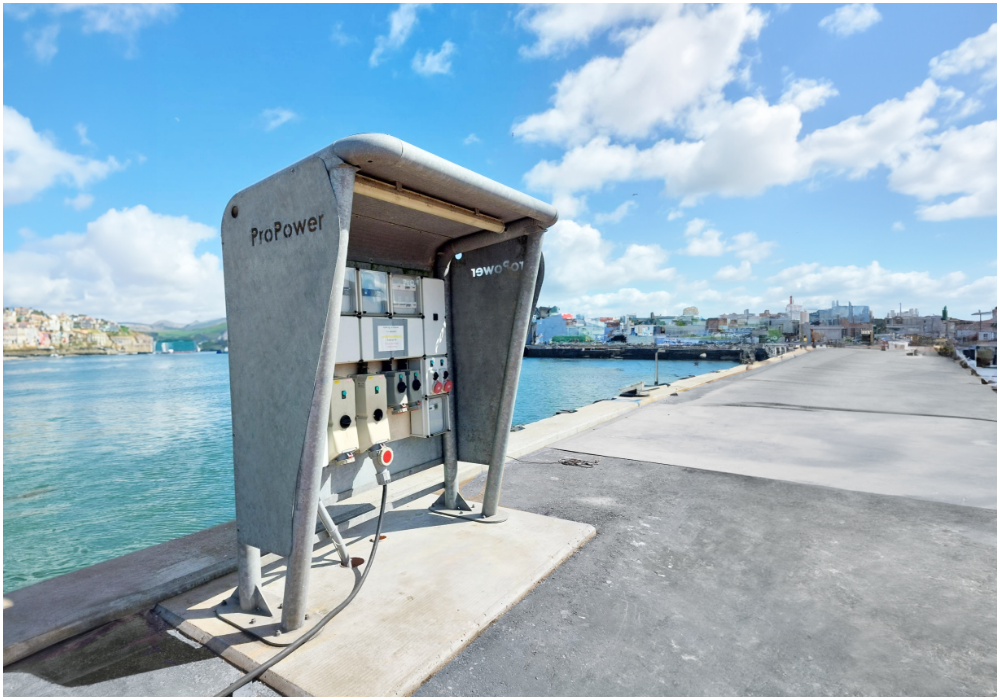
MarinePro
Automated power supply with real-time Cloud monitoring and user-friendly operation.
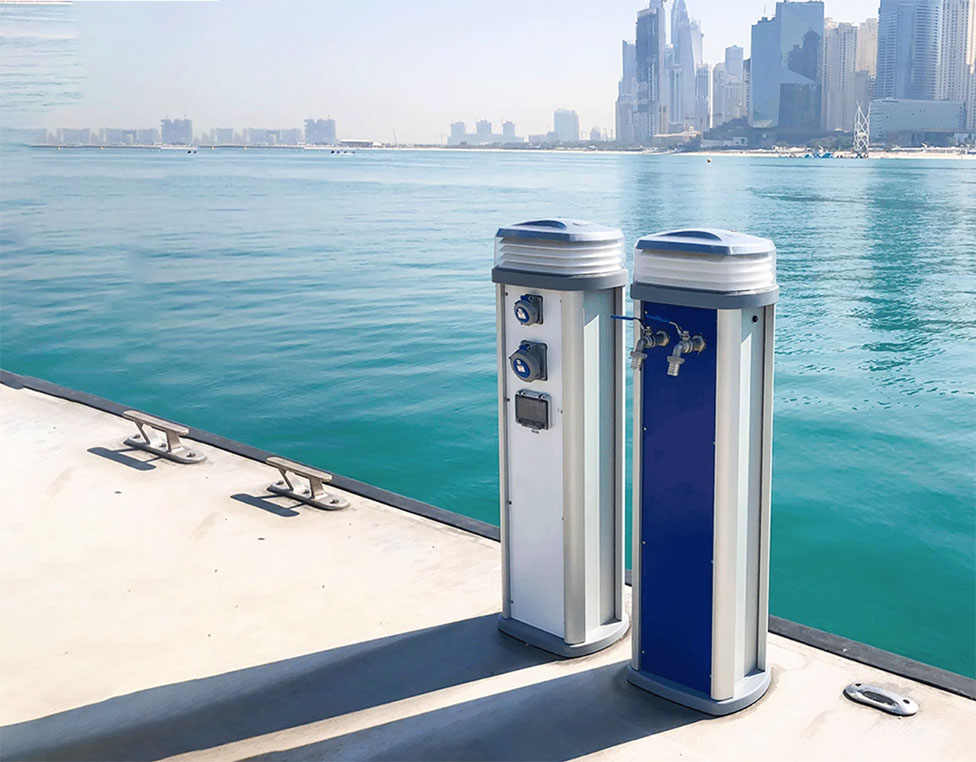
Marinella
Smart and durable supply stands equipped with sockets, water outlets , EV charging ports and online payment systems.









